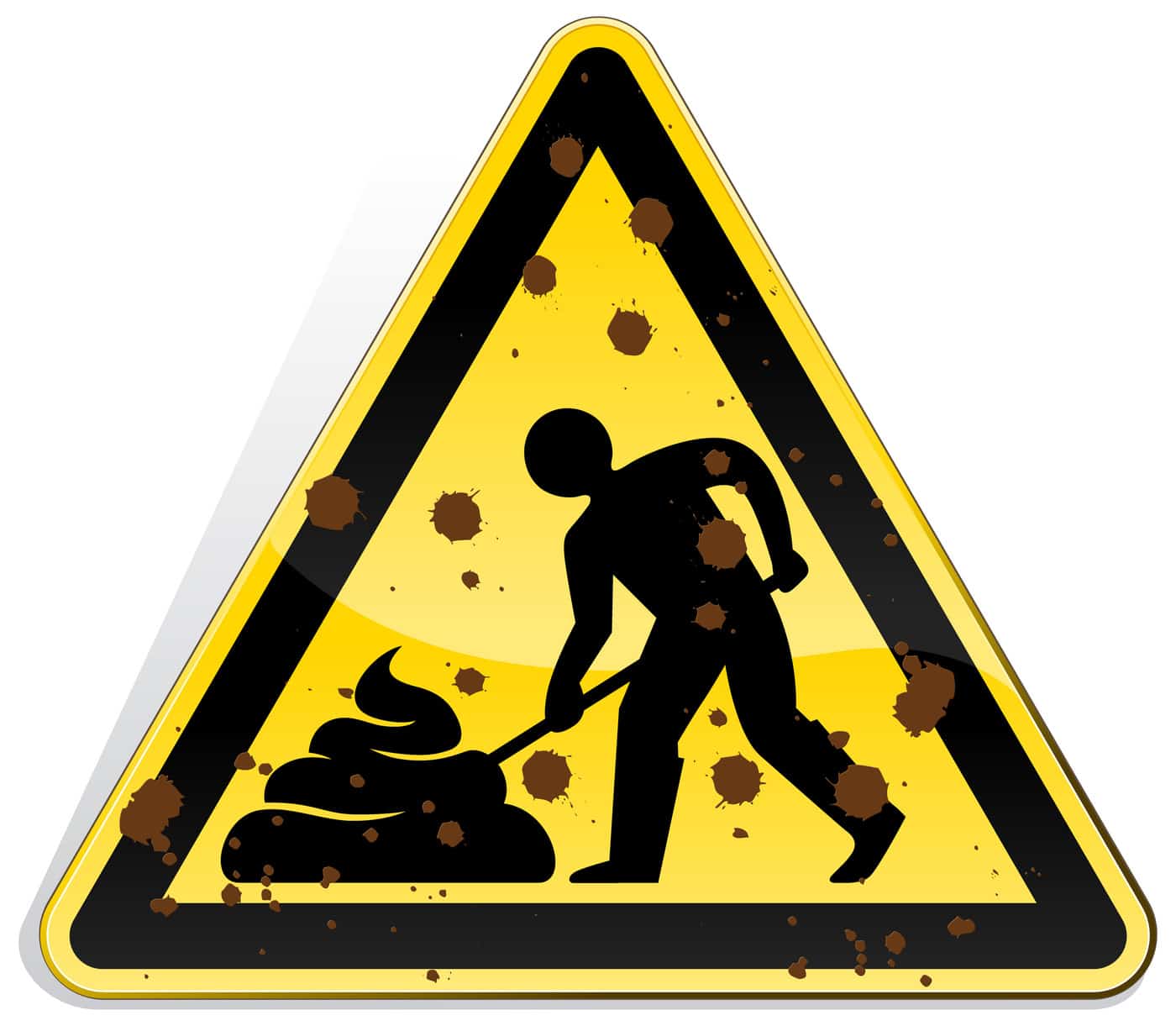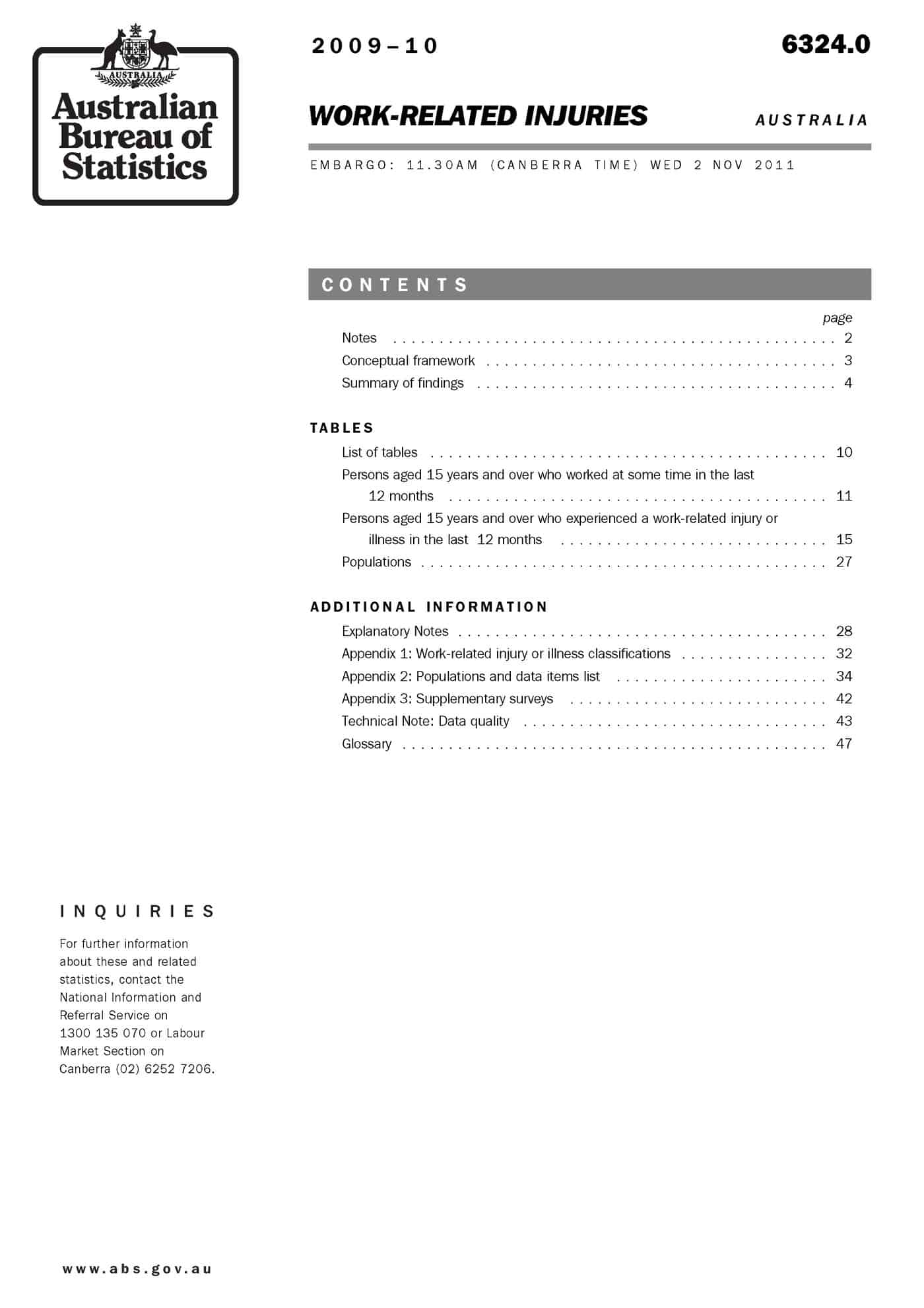SafetyAtWorkBlog began in February 2008 with 27 views. In August 2012, the blog had its 500,000th view on this site. For a small independent weblog – in a niche topic – in Australia, that statistic is remarkable.
View statistics vary a lot but in August the blog came back to its average of over 500 views each day.
Thanks to everyone who reads the articles. Thanks to those who write some of them, and thanks to everyone who comments, takes me to task or appreciates my effort.


